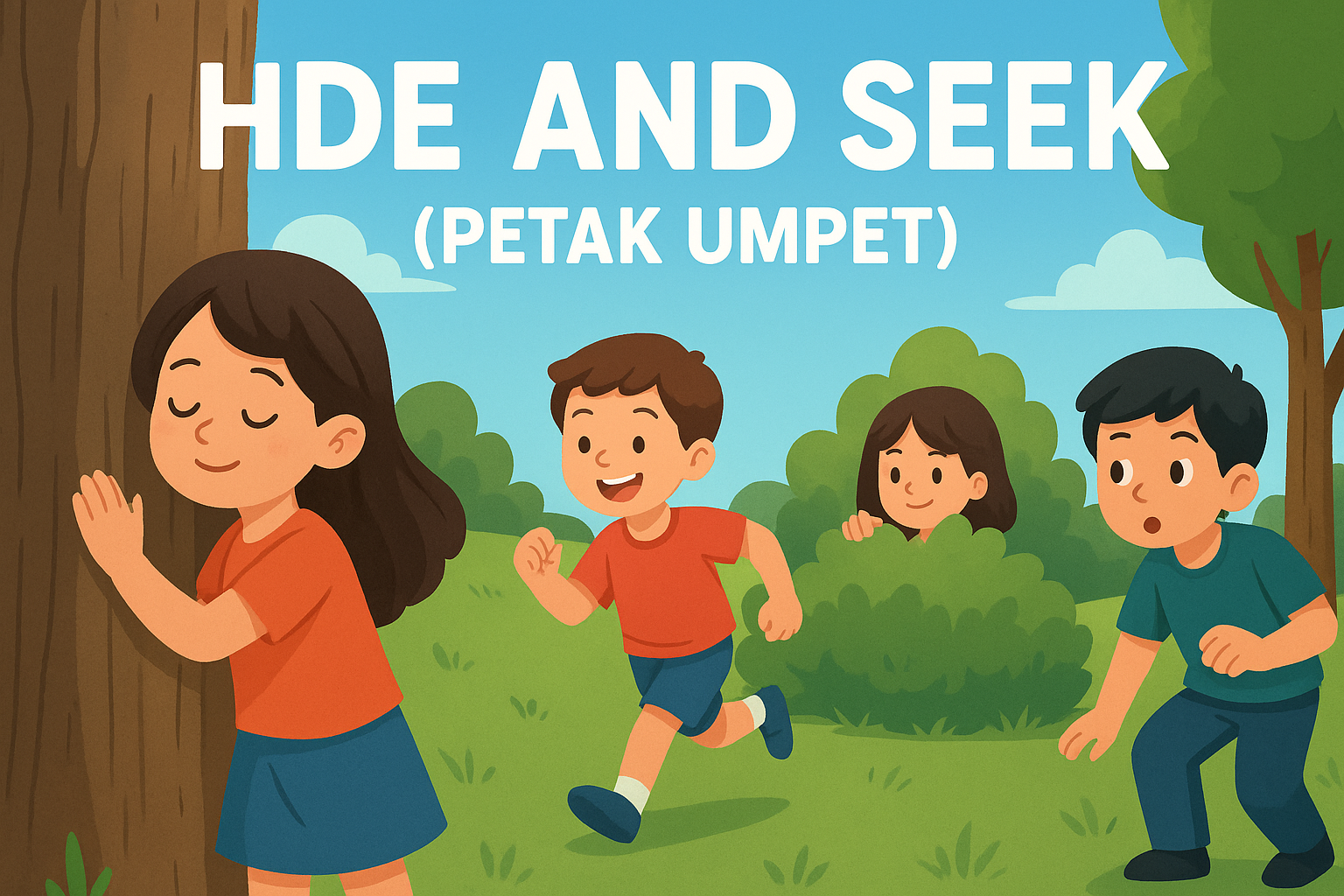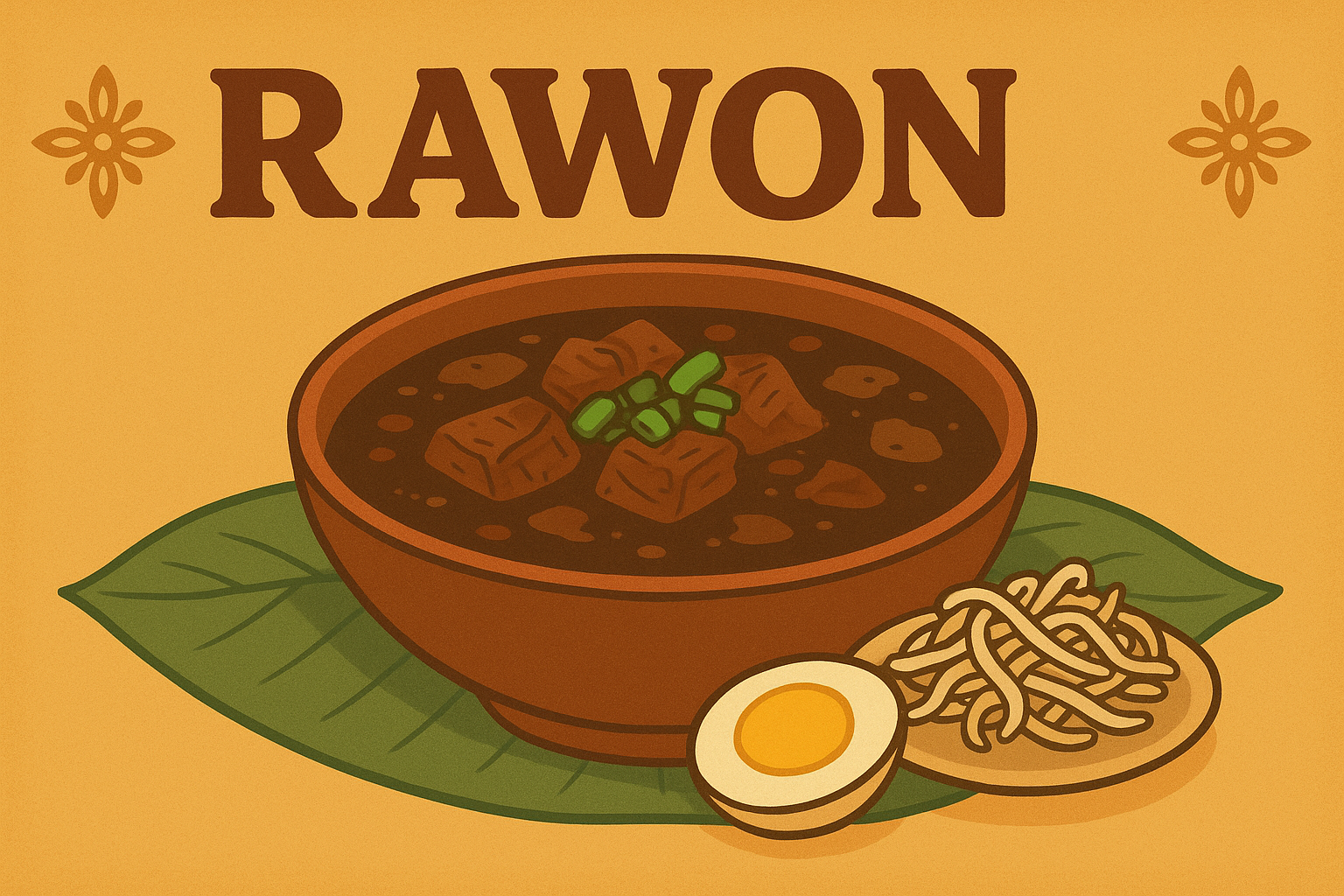Across different cultures and generations, one game has remained universally loved—Hide and Seek. In Indonesia, it is popularly known as “Petak Umpet.” This traditional children’s game is simple yet deeply engaging. With just a few players, an open space, and imagination, Hide and Seek becomes a source of joy, strategy, and bonding.
But Hide and Seek is not just a pastime. It carries cultural meanings, developmental benefits for children, and even symbolic value in literature and psychology. In this article, we will dive deep into the origins, rules, variations, benefits, and cultural impact of Hide and Seek (Petak Umpet), exploring why it continues to endure in the modern digital age.
The Origins of Hide and Seek (Petak Umpet)
The exact origin of Hide and Seek is difficult to trace because it appears in many cultures worldwide. Historical evidence suggests:
- Ancient Greece: A similar game called “apodidraskinda” was played by Greek children, where one player closed their eyes while others hid.
- Medieval Europe: Variations of Hide and Seek appeared as part of rural festivals and communal games.
- Asia: Games similar to Hide and Seek, such as Petak Umpet in Indonesia, were played for centuries, blending fun with cultural rituals.
This universality shows that Hide and Seek is not just a game—it’s a natural instinct of children to mix imagination, movement, and social interaction.
Understanding the Rules of Hide and Seek
At its core, Hide and Seek (Petak Umpet) has very simple rules:
- Choosing a Seeker: Players decide who will count and seek.
- Counting: The seeker closes their eyes and counts to a predetermined number (e.g., 10, 20, or 100).
- Hiding: While the seeker counts, the rest of the players find hiding spots.
- Searching: The seeker opens their eyes and tries to find all hidden players.
- Winning: The last player found, or the one who reaches the “home base” safely, wins the round.
Despite its simplicity, the game teaches strategy, patience, and creativity, making it one of the most engaging childhood activities.
Variations of Hide and Seek Around the World
Hide and Seek adapts to different cultures with unique twists:
- Petak Umpet (Indonesia): Often played outdoors, sometimes with a “base” players must reach before being tagged.
- Sardines (Western countries): Instead of one seeker, the hidden player is found by others who join them quietly until all gather in the same hiding spot.
- Kakurenbo (Japan): The Japanese version emphasizes spiritual and folkloric elements, sometimes linked to ghost stories.
- One Man Hide and Seek: A more modern and eerie adaptation used in urban legends, often connected to paranormal themes.
These variations show how the game blends with local traditions, beliefs, and creativity.
The Cultural Significance of Petak Umpet in Indonesia
In Indonesia, Petak Umpet holds a special place. It is often played during childhood evenings in villages and towns, where children gather in fields, backyards, or alleys. The game:
- Encourages Social Bonds: It brings children together, strengthening friendships.
- Promotes Outdoor Play: Unlike digital games, it requires physical activity and creativity.
- Represents Tradition: Petak Umpet is a cultural heritage, passed down from one generation to the next.
In many communities, Petak Umpet is more than fun—it is a way of preserving local wisdom and collective joy.
Benefits of Playing Hide and Seek (Petak Umpet)
While the game may seem simple, it actually provides many physical, mental, and emotional benefits:
1. Physical Development
- Improves stamina and agility
- Enhances balance and coordination
- Promotes outdoor exercise
2. Cognitive Skills
- Teaches problem-solving through strategic hiding
- Improves memory and observation skills
- Encourages creativity in choosing hiding spots
3. Social and Emotional Benefits
- Strengthens teamwork and cooperation
- Builds patience and resilience
- Provides laughter, joy, and stress relief
Thus, Hide and Seek is more than entertainment—it is a tool for holistic childhood development.
Hide and Seek in Literature and Popular Culture
Hide and Seek also appears as a metaphor in art, literature, and media.
- Children’s Books: Many stories use Hide and Seek as a theme of discovery and adventure.
- Movies and TV: It often symbolizes suspense, secrecy, or childhood innocence.
- Psychology: Hide and Seek reflects the human need for connection, visibility, and independence.
In this way, the game is not only cultural but also symbolic of deeper human emotions.
The Evolution of Hide and Seek in the Digital Age
In today’s world of smartphones and video games, traditional games like Hide and Seek face competition. However, they still thrive because:
- Parents encourage outdoor play for healthier lifestyles.
- Schools and communities promote traditional games as cultural education.
- Modern adaptations, such as online multiplayer “Hide and Seek” games in Minecraft or Roblox, keep the concept alive digitally.
Thus, Petak Umpet has evolved without losing its core charm.
How to Play Hide and Seek Safely Today
To ensure fun and safety, especially in urban environments, players should:
- Choose safe playing areas away from traffic.
- Set clear rules to avoid hiding in dangerous spots.
- Play with trusted friends and under supervision if children are involved.
This ensures the game remains joyful and secure.
Why Hide and Seek (Petak Umpet) Remains Timeless
The enduring popularity of Hide and Seek comes from its simplicity, adaptability, and emotional impact. It requires no equipment, no money, and no age restrictions. Whether in a small backyard, a large field, or even adapted into a video game, Hide and Seek continues to bring laughter, thrill, and connection.
Conclusion
Hide and Seek (Petak Umpet) is more than a childhood memory—it is a cultural treasure, a developmental tool, and a timeless form of human connection. From ancient Greece to modern Indonesia, from village fields to online gaming platforms, its spirit continues to live on.
In a fast-paced digital age, playing Hide and Seek reminds us of the importance of imagination, friendship, and simplicity. It is not just a game, but a tradition that will always remain part of our human story.




